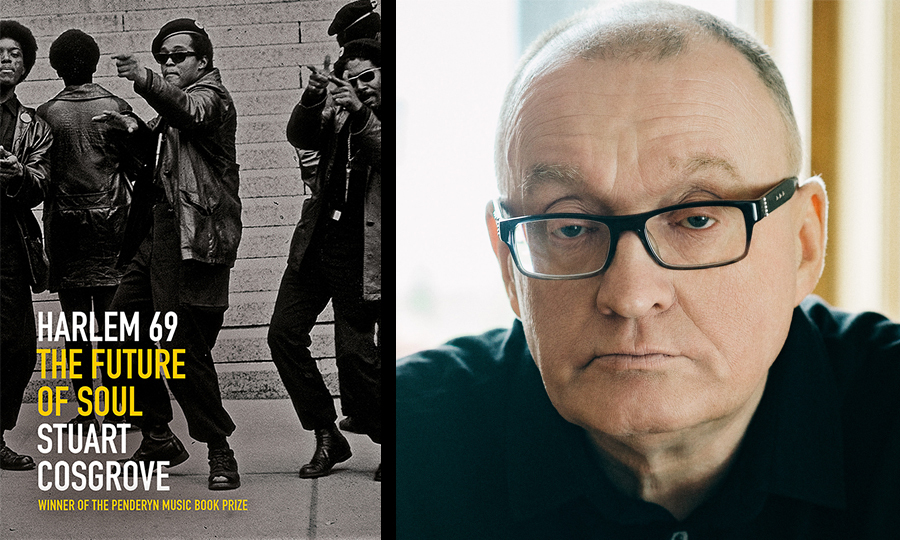
IT was the world’s biggest stage for the world’s biggest singer.
And when Beyonce used her half-time set at the Super Bowl two years ago to salute the Black Panthers and Malcolm X, it stopped America dead.
As the Black Lives Matter movement in America gained momentum in the wake of a series of police shootings, the superstar singer put down her own spectacular marker on the 50th anniversary of the Black Panthers.
She sang Formation, surrounded by dancers in Panther-style berets and black leather, mixing music with the imagery of the incendiary politics of the 1960s when the movement demanded equality by all means necessary.
But, as broadcaster and author Stuart Cosgrove explains in the final part of his award-winning trilogy on soul music, Beyonce’s stunning performance was only the latest that could be traced back to the musical and political tempest that was blowing through Harlem in 1969.
Having written about soul music in Detroit 67 and Memphis 68, Cosgrove ends his trilogy in Harlem – the New York neighbourhood, across 110th Street, then stricken by poor schooling, housing and an escalating heroin problem.
Twenty-one Black Panthers were standing trial for threatening the lives of police officers and plotting bomb attacks in what was to be the most expensive trial in New York state history.
Meanwhile, fans at the famous Apollo Theatre were witnessing some of the most exciting artists in soul and Harlem played host to Black Woodstock over the summer, as artists used their music to call for change.
Cosgrove says: “First and foremost, there was a hardening of soul by the time we get to Harlem 69.
“By and large soul had been about teenage love, but by 1969 it was harder, funkier, more streetwise and with added political and social commentary.
“The Black Panthers had an influence on the cultural scene for the generations that followed. For example, Tupac Shakur’s mother was part of the Panthers.”
Cosgrove made several trips to Harlem to carry out painstaking research for the third in his acclaimed series charting American music and society by detailing three cities in three consecutive, pivotal years at the end of the 1960s.
The writer has witnessed a huge change in New York since he first visited Harlem decades ago but, while he believes it remains a neighbourhood in flux, he is in no doubt about its enduring, culture-shaping legacy, in music and politics.
The songs that define ’69
The Ghetto: Donny Hathaway
Written while Hathaway was still a student in Washington DC, The Ghetto become synonymous with Harlem.
To Be Young, Gifted And Black: Nina Simone
A late 60s anthem, it was written in ‘69 and performed at the Harlem Cultural Festival.
Dance To The Music: Sly and The Family Stone
Sly Stone performed his brand of psychedelic soul before at Harlem’s famous Apollo Theatre en route to Woodstock.

Enjoy the convenience of having The Sunday Post delivered as a digital ePaper straight to your smartphone, tablet or computer.
Subscribe for only £5.49 a month and enjoy all the benefits of the printed paper as a digital replica.
Subscribe